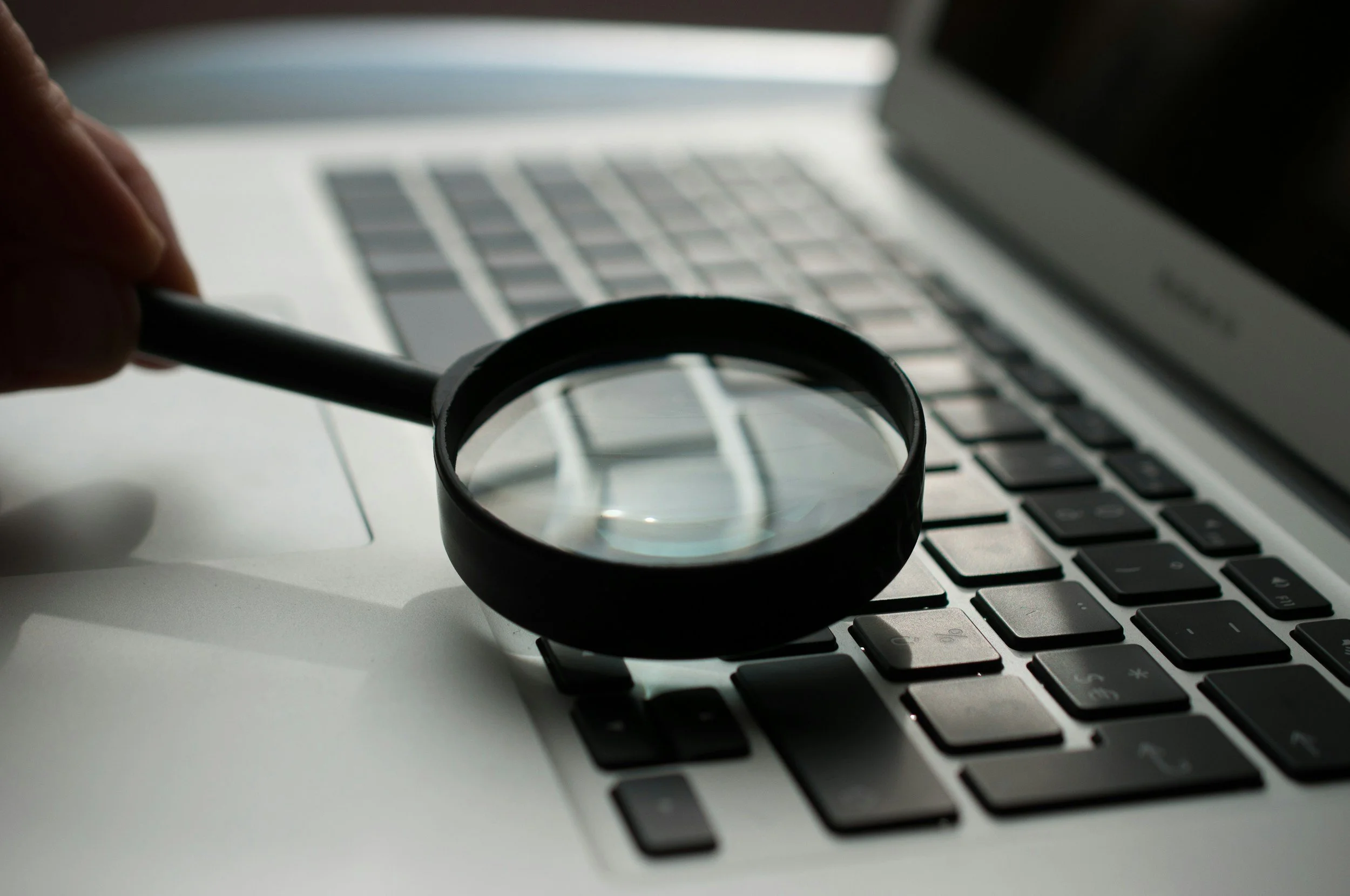Crack the Code: How Reading Your Balance Sheet Unveils the Real Story of Your Business
Ever felt that sudden pang of anxiety when someone asks, “How’s your business doing?” Most of us scramble for numbers—maybe we look at the bank account or count up the invoices waiting to be paid. But deep down, do you really know if your business is strong enough to weather a storm, snag that next big client, or impress a lender?
Imagine having a vital check-up tool within your reach, one that quietly tracks your company’s inner workings. Yet, surprisingly, many business owners overlook it—sometimes until it’s too late. Why does your business seem fine on the surface, but the real story is still hidden?
Stay with us, because by the end of this post, you’ll not only discover what this powerful tool is, but you’ll also understand exactly how it reveals the true health of your business—and how you can use it with confidence to make informed decisions moving forward.
What Exactly Is a Balance Sheet?
Think of a balance sheet as your business’s financial “portrait.” This snapshot captures everything your business owns (assets), everything it owes (liabilities), and what truly belongs to you (equity), all at a single point in time. These three elements always fit together in the classic accounting equation:
Assets=Liabilities+Equity
Why Does the Balance Sheet Matter?
A balance sheet goes far beyond a quick look at your bank account. It gives you a comprehensive overview of your company’s strengths and vulnerabilities in one place. This document is the first stop for lenders and investors; before they trust you with their money, they want proof your business is stable. Reviewing your balance sheet over time tells you if your business is growing or facing hidden trouble. High liabilities or shrinking assets? These are warning signs you’ll catch early—if you’re looking in the right spot.
Inside the Balance Sheet
Your balance sheet is divided into three core categories:
Assets are everything your business owns that holds value. Picture cash in your accounts, inventory you plan to sell, business equipment like computers and office furniture, and even money owed to you by customers.
Liabilities are everything you owe to others. This could be loans you’re still paying off, unpaid bills, credit card debt, or outstanding payments due to suppliers. These obligations can pile up fast, so keeping them manageable is key.
Equity is what’s truly yours after you subtract all liabilities from your assets. This could include your initial investment plus profits you’ve chosen to keep in the business. Equity is your stake—the part of the company no one else can claim.
Let’s put it into perspective with a simple example:
Assets $50,000 Liabilities $20,000 Equity $30,000
Here, your assets ($50,000) minus your liabilities ($20,000) leave $30,000 in equity—a clear, balanced view of where your business stands.
How to Use Your Balance Sheet
Checking your balance sheet is like using your business’s dashboard. When your assets are much higher than your liabilities, you know you’re in the safety zone. If the numbers are close—or liabilities outweigh assets—it’s a sign to rethink your spending or find ways to increase income.
This document isn’t only for accountants. It’s what lenders and investors want to see before making any decisions. By updating and reviewing your balance sheet regularly (at least every quarter), you’ll spot trends, track growth, and avoid surprises down the road.
Making Sense of the Numbers
You don’t have to be an accounting pro to get value out of your balance sheet. Focus on the shifts over time: Are your assets growing? Are you paying down debts? Do your liabilities look riskier this year than last? When something’s unclear, don’t hesitate to ask questions. At Accounting & Computer Concepts, we’re here to walk you through every number.
Your Takeaway
The real story of your business isn’t just in your bank account—it’s in your balance sheet. Once you know how to read it, you’ll have the confidence to answer, “How’s my business doing?” with real clarity. Ready to unlock your company’s financial story? Reach out to us at Accounting & Computer Concepts. We’re passionate about helping you turn the numbers into business confidence and growth.
Curious about your own balance sheet or want to learn more? Schedule a free 30 minute consultation by clicking below.


